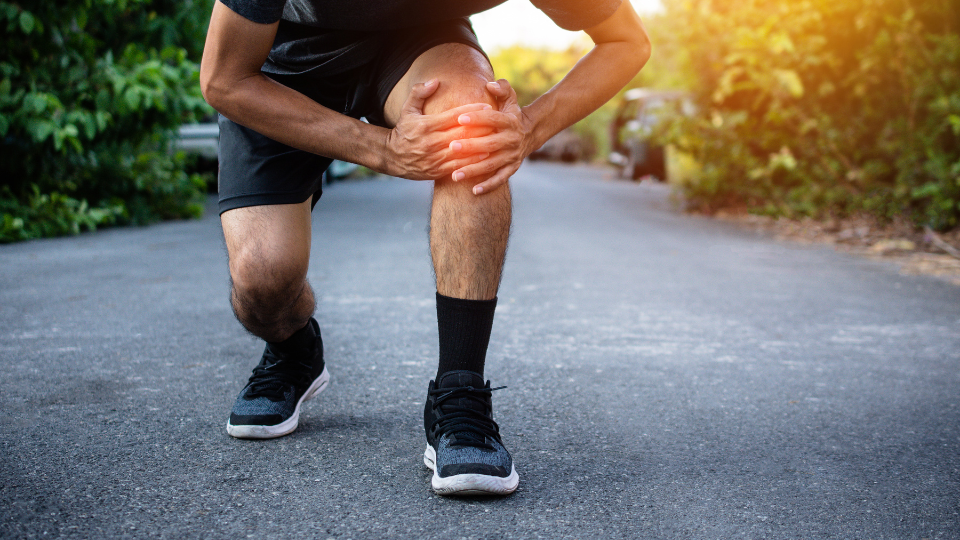Arthritis is often thought of as a condition that affects older people, but it can develop at any age, even in your 20s or 30s. While genetics play a role in the development of arthritis, the biggest culprits in the rise of this condition among younger adults can be attributed to lifestyle factors and medical issues.
One cause of arthritis among younger people is a sedentary lifestyle. Sitting for long periods in front of screens and not moving enough can contribute to joint problems. The lack of movement weakens muscles that support joints, making them more vulnerable to wear and tear.
On the flip side, overuse injuries from intense sports or physically demanding jobs can lead to arthritis. High-impact activities without proper recovery can cause injuries that add up over time, leading to chronic pain and stiffness.
Another factor contributing to the rise of arthritis in younger people is obesity. Carrying extra weight puts stress on joints, especially the knees and hips, which can lead to joint damage. Obesity also causes increased inflammation in the body, which may contribute to arthritis development. Other causes of early onset arthritis may be attributed to autoimmune diseases, like rheumatoid arthritis, as well as infections and joint injuries that may trigger the condition.
Signs You Might Have Arthritis
Not sure if you have arthritis? Here are some common signs:
- Joint pain, stiffness or swelling
- Difficulty moving a joint, especially in the morning
- Clicking or grinding sounds when moving a joint
- Fatigue or general weakness
- Redness or warmth around affected joints
Many people ignore early warning signs, assuming their pain is temporary, but early intervention can make a big difference in how you feel by slowing progression of the disease and preventing further damage. If your symptoms last for more than a few weeks or come and go, it’s a good idea to see a doctor.
How to Protect Your Joints
The good news is that there are steps you can take that may prevent arthritis, minimize symptoms and prevent further joint damage. These include:
- Stay active. Low-impact exercises like swimming, walking and yoga keep your joints flexible and strong. Strength training can also help build muscle around your joints, providing extra support.
- Maintain a healthy weight. Losing even a few pounds takes pressure off your joints and may reduce pain. Every extra pound adds unnecessary stress to weight-bearing joints.
- Protect your joints. When doing high-impact activities, use proper form and equipment to prevent injuries. Stretching before and after exercise also helps keep joints limber.
- Eat anti-inflammatory foods. Eat less processed foods and excess sugar, which contribute to inflammation in the body. Instead, eat more foods such as fatty fish, nuts and leafy greens, which may reduce inflammation.
- Take breaks. If you sit for long periods of time, get up and move every 30 minutes to prevent stiffness. Using ergonomic furniture and maintaining good posture also prevents unnecessary strain on your joints.
- Stay hydrated. Drinking water helps keep the cartilage in your joints healthy, reducing the risk of stiffness and discomfort.
Managing Arthritis Symptoms
If you already have arthritis, gentle stretching, hot/cold therapy and using assistive devices like braces may help ease pain and keep you moving. Medications and physical therapy may also be helpful. Alternative treatments like acupuncture and massage therapy have also been shown to help some people manage arthritis pain.
Copyright 2022-2025 © Baldwin Publishing, Inc. Health eCooks® Heart Healthy Recipes® is a registered trademark of Baldwin Publishing, Inc. Any duplication or distribution of the information contained herein without the express approval of Baldwin Publishing, Inc. is strictly prohibited.
